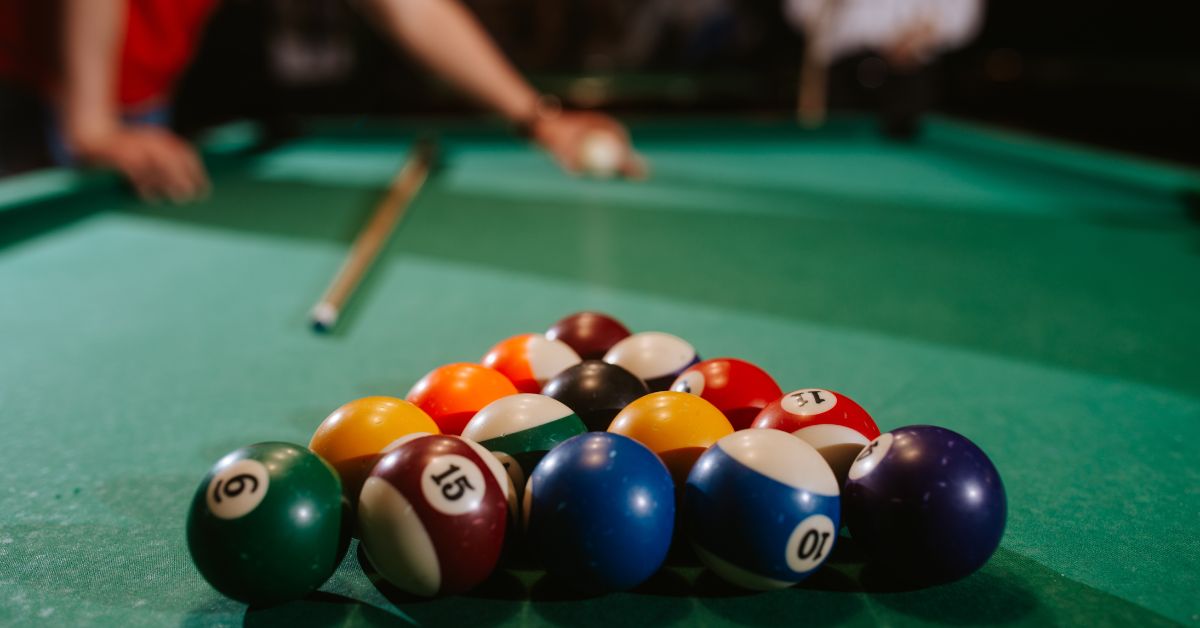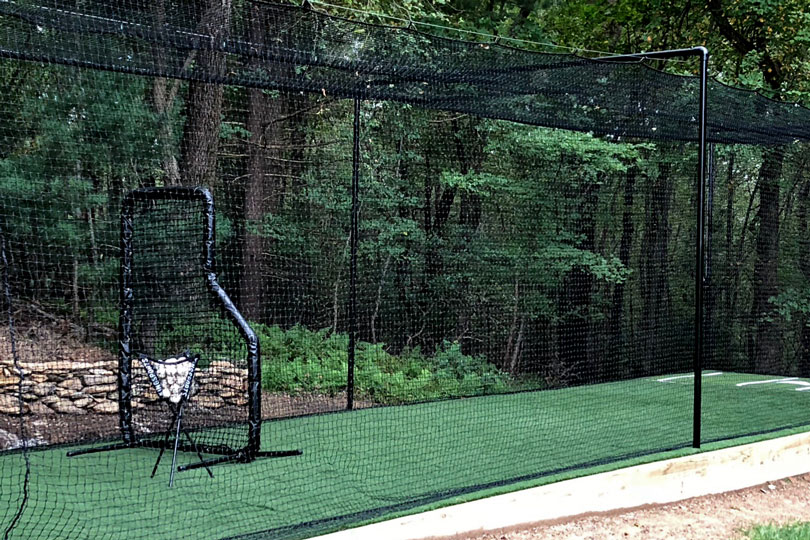What’s Going On With Jesse Winker?
[ad_1]
Winker’s first-year numbers with Seattle make it abundantly clear he’s not producing like he did in 2021 when he was the starting left fielder for the National League All-Star team. Not only that, this year’s stats are significantly lower than his career averages.
| 2021 | ||||||||
| 2022 | ||||||||
| Career | ||||||||
So, what’s going on with Jesse Winker?
I’m not qualified to say what’s causing Winker’s career-worst stat line – not even close to it. But metrics found at Baseball Savant provided this hitting-dumb blogger with indicators of what’s going right and wrong this season. Let’s begin with several positives.
Strikeouts and walks look great
In five seasons with the Reds, Winker was adept at avoiding strikeouts. Impressive in an era when the strikeout has become commonplace. With the Mariners, his strikeout rate is slightly higher than normal. But it’s relatively close to his 16.5% career average.
Winker’s SO%
2017 – 17.5%
2018 – 13.8%
2019 – 15.6%
2020 – 25.1%
2021 – 15.5%
2022 – 17.3%
Currently, 158 hitters are qualified for the batting title. Among them, Winker’s 17.3% strikeout rate is 51st best tying the Olympia High School product with San Diego’s Manny Machado, Ozzie Albies, of the Braves, and Yankees first baseman Anthony Rizzo.
Similarly, Winker has always been superb at earning free passes from opposing pitchers. This year is no exception. Among the 158 hitters just discussed, his 13.7% walk rate is eighth best.
Winker’s Walk Rate
2017 – 11%
2018 – 14.7%
2019 – 9.9%
2020 – 15.3%
2021 – 10.9%
2022 – 13.7%
Intuitively, we know a hitter with a strong command of the strike zone is going to put a lot of balls in play. On the Mariners, only Ty France and Adam Frazier have more than Winker. In fact, just 33 big-league hitters have generated more batter balls than the 2021 All-Star. That’s good news.
Most Balls In Play On M’s
Ty France – 204
Adam Frazier – 203
Jesse Winker – 176
J.P. Crawford – 174
Julio Rodríguez – 151
Abraham Toro – 142
Eugenio Suárez – 135
Cal Raleigh – 61
Luis Torrens – 59
Jarred Kelenic – 51
Still, Winker has yet to enjoy consistently positive results on batted balls in 2022.
As I said earlier, I would never portray myself as someone knowledgeable enough to give advice to professional hitters (or little leaguers). But it’s apparent, even to this dummy, Winker’s difficulties aren’t related to quantity of contact. So, let’s focus on quality instead.
He’s missing the sweet spot
Naturally, Baseball Savant has a metric to gauge success at finding the ball with the sweet spot of the bat. Sweet Spot percentage (SwSp%) quantifies how often a player produces batted balls with a launch angle between eight and 32 degrees. This season, Winker’s SwSp% is noticeably lower than his previous two campaigns.
Winker’s SwSp%
2017 – 33.7%
2018 – 33.3%
2019 – 32%
2020 – 37.5%
2021 – 38.2%
2022 – 34.1%
MLB average SwSp% = 32.9%
And just how productive are balls hit on the sweet spot? This season, Winker has a .525 AVG and .627 expected batting average (xBA) on balls hit within the sweet spot range. This is relatively similar to what hitters across MLB are experiencing – .579 AVG and .602 xBA.
For anyone wondering why I included xBA, this Baseball Savant product quantifies the likelihood of a batted ball becoming a hit based on its exit velocity and launch angle. This means good or bad defense doesn’t affect xBA, which will prove helpful during our conversation.
Just to be clear, a high SwSp% doesn’t necessarily ensure positive outcomes. But connecting on the sweet spot is a key component of making consistent quality contact.
The hard hits ain’t comin’
Among Mariners with 100-plus batted balls this season, Winker’s 33% hard-hit rate only bests three teammates not known for making loud contact – Adam Frazier (27.6%), J.P. Crawford (29.9%), and Abraham Toro (31%). To be considered “hard hit,” a ball must have an exit velocity of 95-mph or greater.
In Winker’s case, his hard-hit rate is a whopping 14.1% lower than a year ago.
Winker’s hard-hit balls continue to deliver outstanding outcomes. But based he’s simply not registering enough of them this season to repeat his career success.
And there are fewer barrels
As with his hard-hit rate, Winker has experienced a sharp decline in his barrel rate. After being superb at generating barreled balls in 2020 and 2021, the native of New York has been below average during his first season in Seattle.
Winker’s Barrel Rates
2017 – 7.1%
2018 – 6.3%
2019 – 4.3%
2020 – 13.5%
2021 – 11.2%
2022 – 6.8%
MLB barrel rate in 2022 = 7.7%
Barrels are hard-hit balls on steroids. They normally have an exit velocity of at least 98-MPH and a launch angle between 26-30 degrees, which is the perfect blend for creating havoc. Currently, MLB hitters have a .713 AVG and 2.343 SLG on “barreled” balls. Furthermore, 86% of home runs this season have been barrels.
Seeing a downturn in barrels makes sense. After all, Winker isn’t generating as many hard-hit balls and he’s not finding the sweet spot as often. Barrel launch angles are in the upper end of the SwSp% range.
He’s getting under the ball in a bad way
Winker is creating optimal launch angles less frequently in 2022. But he’s putting the ball in the air far more often than any point of his career. In some cases, this can be a good thing for a hitter. Not for the veteran of six seasons.
Baseball Savant uses six categories to describe quality of contact. We’ve already discussed the barrel, which leads to great results for hitters. “Under,” which is illustrated in the preceding table, refers to a subset of poor contact created when the bat gets under the ball. The outcome of this category in 2022 has been a .067 xBA with an average launch angle of 45.8 degrees.
Winker getting under so many more balls this season has been thoroughly unproductive for Cincinnati’s 2012 first round pick. We see this in an increased pop-up rate – MLB has a .032 xBA on pop-ups. More importantly, we see a sharp decrease in home runs off Winker’s fly balls.
Shifts aren’t the issue
In my mind’s eye, defensive shifts have little to do with Winker’s issues in 2022. Instead, the root cause is a decline in productive contact. But I checked, just to be sure. The numbers validated my perception.
| 2018 | |||
| 2019 | |||
| 2020 | |||
| 2021 | |||
| 2022 | |||
Winker has seen an uptick in shifts in 2022. But he’s actually enjoying better results against the shift than standard infield defenses.
Okay, we’ve cut through a bunch of metrics that provided clues to Winker’s troubles in 2022. But let’s finish our conversation on a positive note.
He’s available
Through the years, Winker has landed on the injured list due to a variety of maladies – right shoulder subluxation in 2018, a back strain in 2019, plus rib and intercostal injuries last year. With Seattle, he’s missed just one of the team’s first 61 contests with a sore shoulder.
Percent of His Team’s Games Played
2018 – 54.9%
2019 – 69.8%
2020 – 90%
2021 – 67.9%
2022 – 98.3%
The lone Mariner to appear in every game this season is France.
He has an All-Star pedigree
Even though Winker’s offensive production has been well-below average this year, we shouldn’t lose sight of his sustained superior performance prior to arriving in Seattle. Even with a horrid 2022 factored in, he has a career 122 OPS+. The only Mariner who’s better is France (127).
On-base Plus Slugging Plus (OPS+) is a normalized version of OPS that adjusts for park and league conditions. OPS+ is scaled so 100 is always league-average. As a result, an OPS+ of 150 means a hitter was 50-percent more productive than the average player. An 80 OPS+ would be 20-percent below average.
Winker OPS+ tells us he’s been 22% more productive than the average MLB hitter for six seasons and 1,778 plate appearances. Therefore, it’s reasonable to expect he will get back on track.
Sure, it’s frustrating to watch one of the two biggest names acquired by the Mariners in the offseason failing to provide consistently productive plate appearances. But let’s not forget Robbie Ray, the other marquee star added last winter, has also endured a bumpy debut. Now, it appears Ray may have adjusted course in a good way.
Barring injury, a similar bounce back by Winker seems inevitable. There’s too much talent and history involved to believe a player in his prime years has suddenly fallen off a cliff. Eventually, he’ll begin producing closer to career norms. At some point after this occurs, we’ll probably learn about an adjustment in mechanics or something of that nature that prompted the improvement.
Hopefully, Winker’s rebound happens sooner than later. To a degree, the Mariners’ season hinges on that great comeback.
My Oh My…
Luke Arkins
Luke is a native New Yorker, who grew up as a Mets fan. After the US Navy moved him to the Pacific Northwest in 2009, he decided to make Seattle his home.
In 2014, Luke joined the Prospect Insider team. During baseball season, he can often be found observing the local team at T-Mobile Park.
You can follow Luke on Twitter @luke_arkins
Latest posts by Luke Arkins (see all)
[ad_2]
Source link



